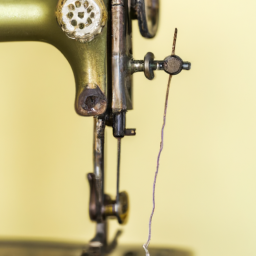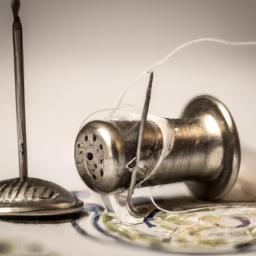
History of Sewing Machine
Invention of the Sewing Machine:
Sewing, one of the oldest textile arts, was revolutionized with the invention of the sewing/” title=”Stitching Stories: A Beginner's Guide to Sewing”>sewing machine.
The first functioning sewing machine was built in 1829 by a French tailor, Barthelemy Thimonnier.
It utilized a single thread and a hooked needle, imitating the manual hand-stitching movements.
However, it encountered resistance from tailors who feared the machine would impact their livelihoods,
leading to its destruction by a mob of angry French tailors.

The Birth of Modern Sewing Machines:
It wasn’t until 1830 when Englishman Thomas Saint patented the first complete sewing machine,
albeit his design remained a concept rather than a practical working machine.
His invention was forgotten until 1874 when a working model was found and reconstructed.
After this rediscovery, the machine went on to inspire other inventors, paving the way for numerous advancements.
Isaac Singer, an American entrepreneur, perfected the practical sewing machine design and established
the Singer Sewing Machine Company in 1851.
This marked a turning point in the sewing industry, as mass production of sewing machines became possible.

Advancements and Impact:
The sewing machine continued to evolve with further innovations.
The addition of a foot treadle in the 1860s allowed for better control of the machine’s speed,
replacing the hand crank. Further advancements introduced automatic functions,
including the ability to create various stitch patterns and to handle multiple threads simultaneously.
This improved efficiency and productivity in the textile industry, transforming the way clothing and fabrics
were created and ushering in the era of ready-made clothing, accessible to the masses.
“The sewing machine has liberated more woman than the ballot box.”
― Elizabeth Cady Stanton
As time passed, sewing machines became more compact, technologically advanced, and versatile.
Today, modern sewing machines feature digital interfaces, computerized controls, and a plethora of
stitch options, allowing even novice sewers to realize their creative potential.
Despite the progression, traditional sewing machines still serve as a reminder of the beginnings of
this marvelous invention that forever changed how fabrics are stitched and garments are made.




